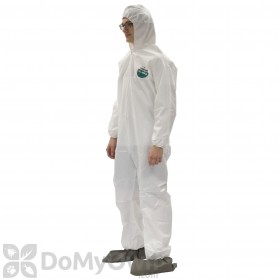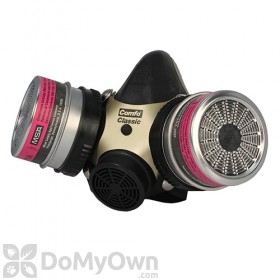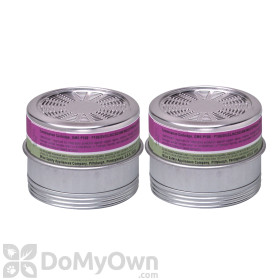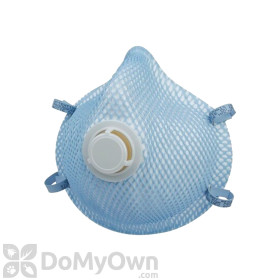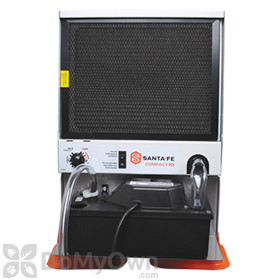The Complete Guide to Protecting Structures After Flooding
Learn How to Protect Your Home After a Flood
There is a genuine need to help clean out flooded homes, remove the sheetrock and dry the home.
Understand that habitable, flooded homes have been wet and very warm for several weeks. The flood waters likely deposited bacteria in the structures, and the warm, wet conditions resulted in the widespread growth of mold and decay fungi. Once the home is dry you can reinstall a termite barrier and the home is ready for repair.
Proper protective equipment including lightweight moisture-resistant coveralls, chemical resistant gloves and boots, respirator and eye protection should be worn during cleaning operations. For safety, make sure that the electricity and gas have been turned off prior to all cleaning activities.Safety First
Products needed for Step 1
Clean Out the Affected Area

Tear Out Affected Wall Coverings

Clean and Disinfect
Clean thoroughly and disinfect with an appropriate EPA registered disinfectant, sanitizer and virucide.

Nisus DSV is an approved disinfectant, sanitizer and virucide for this step.
Products needed for Step 4
Dry Out the Structure
Use a moisture meter to determine when wood is 19% or less moisture content. Failure to make sure the moisture content is at or below this level will result in additional mold growth within the wall cavities. When the framing is dry, the electrical connections and plumbing within the walls should be checked by licensed professionals.
Products needed for Step 5
Treat All Wood Framing
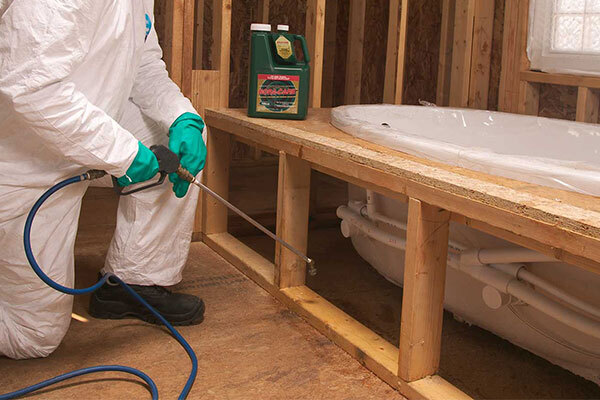
Photo: Nisus Corporation, all rights reserved
Flooding can remove existing termite control products from wood and create an environment that can attract termites to wood. Apply termite protection to wood studs with a 2-foot wide band treatment using Bora-Care in a 1:1 solution. Once dry, the home is ready for repair.





